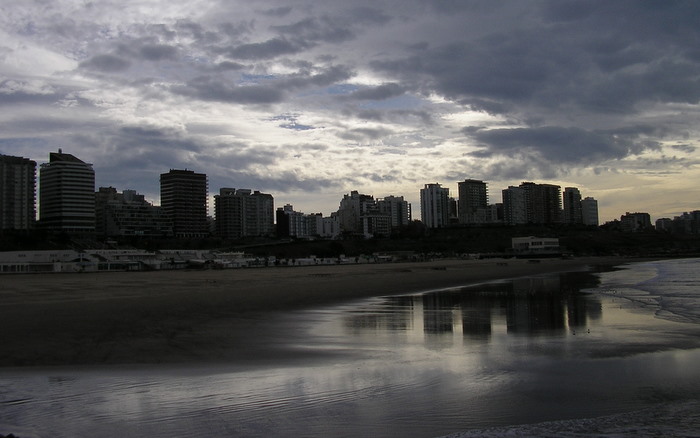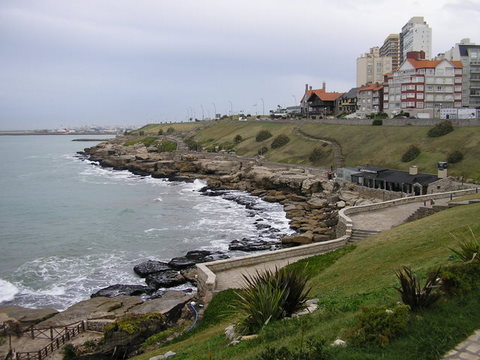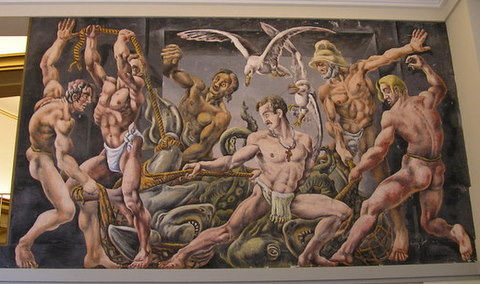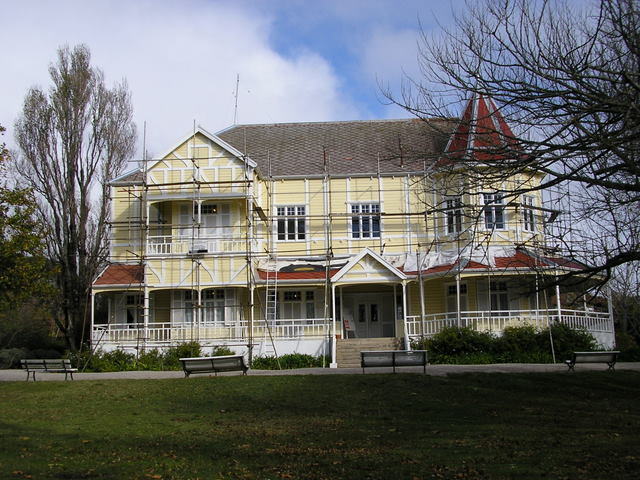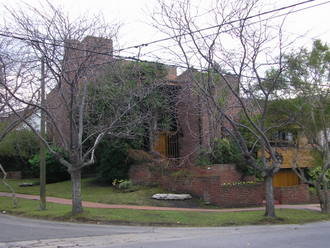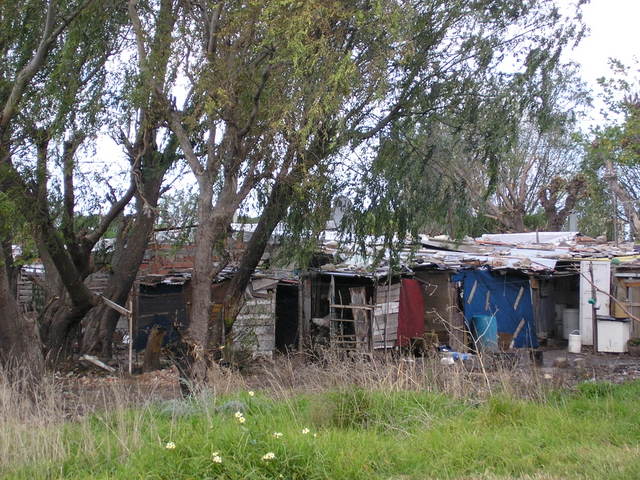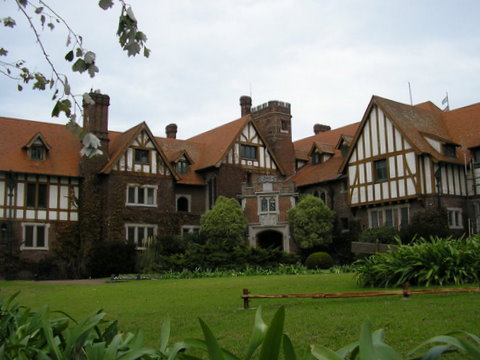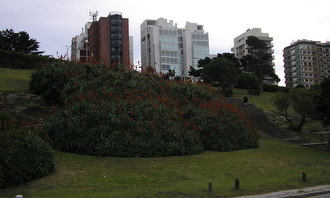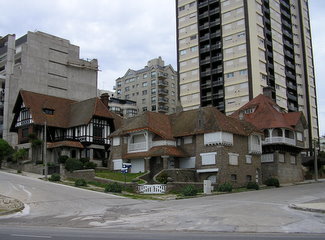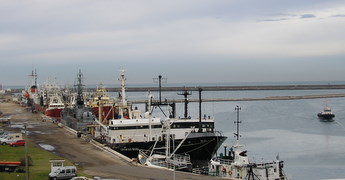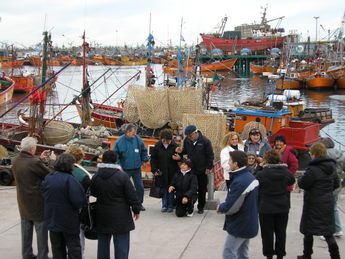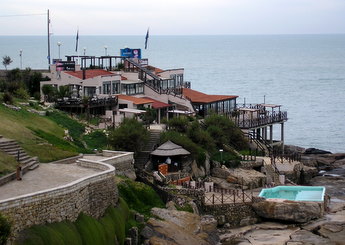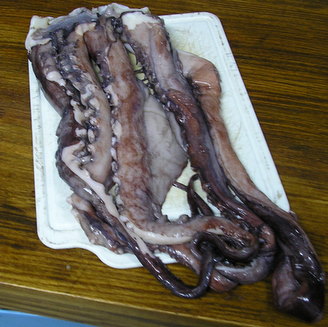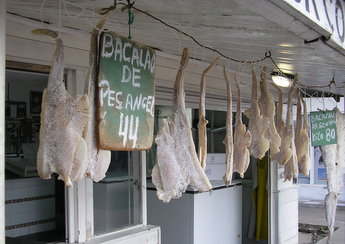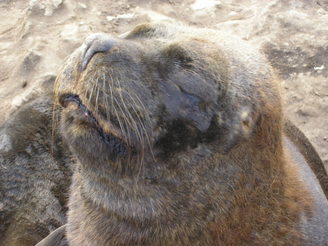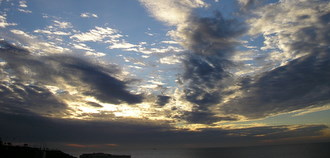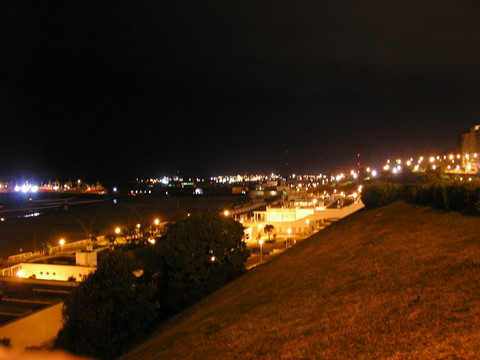|
Mar del PlataA playground on the rugged South Atlantic.38°00'S. Lat. / 57°32'W. Long. Pop: 600,000 elev: 122’
Mar del Plata, was founded in 1874 with a design in mind. The seaside city was to become the favorite resort for Argentina’s upper class at the time Buenos Aires was undergoing its Golden Age. With the new railroads, the 260-mile trip south of the Federal Capital was now easy. The natural attractions of undulating Buenos Aires Provincial coast, with broad beaches and natural, rugged rock outcroppings was a dramatic backdrop for the architecture of the Golden Age.
Many of the same architects who designed the French inspired palaces in Buenos Aires where commissioned to create summer homes in Mar del Plata. The pre-1950 city is a combination of Norman, Alpine chalet, French châteaux and English Tudor. The beach front Casino (1939) an Alejandro Bustillo French inspired palace, is an immense curving brick structure and still a focal point of the resort’s social activity. The interior art nouveau frescos are both beautiful and surprisingly sensual. 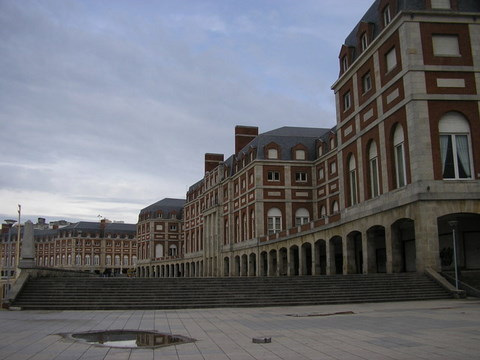
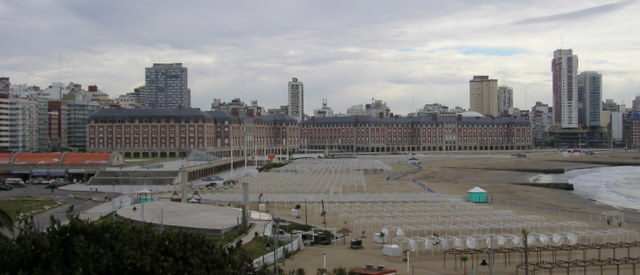
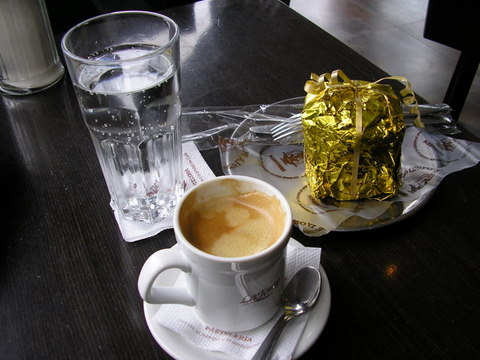
(Café La Fonte d’Oro, good coffee, cakes and views of the Plaza Colon and the Casino) 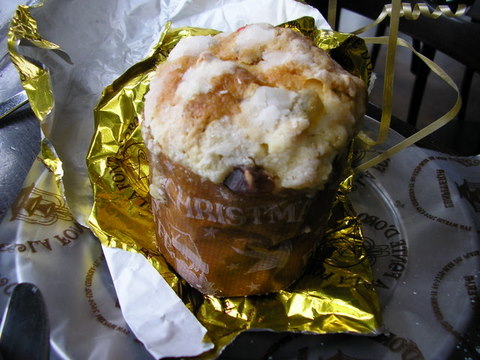
Of the many notable residential structures is Villa Victoria, the summer home of
Victorio Ocampo
(1890 - 1979), scion of a wealthy family. She was a key player in Argentina’s intellectual golden age (1900-1950): writer, feminist, horticulturalist, patron, friend and confidant of nearly every important literary and artistic figure in the world during her lifetime.
(Villa Victoria, barrio Los Troncos, Mar del Plate - 1912)
The fashionable barrios Divino Rostro and Los Troncos have fine examples of pre-1940 and modern architecture. Yet the suburbs of Mar del Plata, like in many Argentine cities, are the residences of the workers that provide the services in a busteling commercial center. The lowest rung on the social ladder live in areas that go by the term Villa Miseria. One such area is literally across the street - the city boundary - from Divino Rostro.
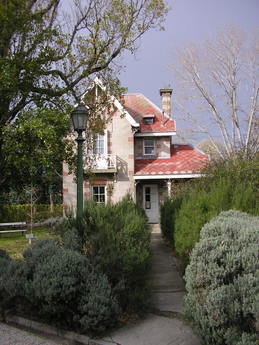
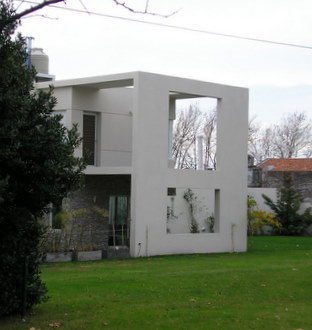
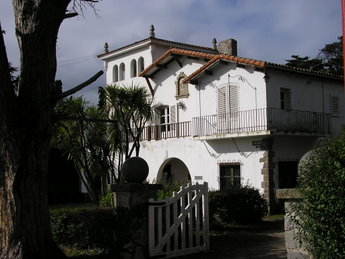
(Villa Mitre, the Archivo Historico Municipal)
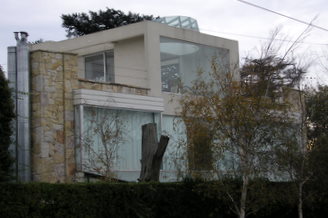
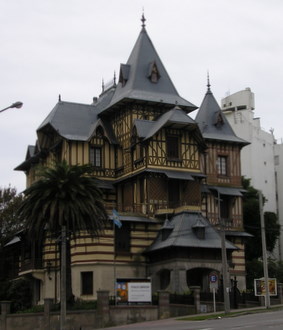
(Museo Municipal de Arte Juan Carlos Castagnino)
(Mar del Plata Country Club - 1926)
Juan Peron democratized Mar del Plata in the 1940’s by building subsidized hotels and apartments erecting high rise street canyons. With a permanent population of 600,000 that swells several times that in the summer, Mar del Plata is a high rise jungle for the average beach vacationer.
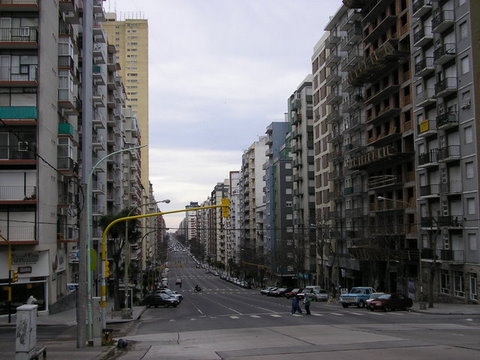
The city is a major naval and commercial fishing port. The fishing fleet’s docks are on the south side - and by regulation all the ships are the same color. Near the docks is the Centro Commercial with a well advertised group of seafood restaurants. I do not like the “hard sell” of employees stationed outside to lure you into their establishments - not anywhere. Nor did I find the menus and prices a reason to make this a destination choice over restaurants in town. In general, by perusing the menus of many of the city’s restaurants, I found them to be disappointingly predictable and prices 35% higher than comparable Buenos Aires restaurants. Although I did not eat in any Mar del Plata restaurants, with a longer stay I would sample the many cliff-side venues overlooking the ocean - within walking distance of each other along the beautiful ocean front pedestrian walk. A tribe of seals and sealions make one area their home.
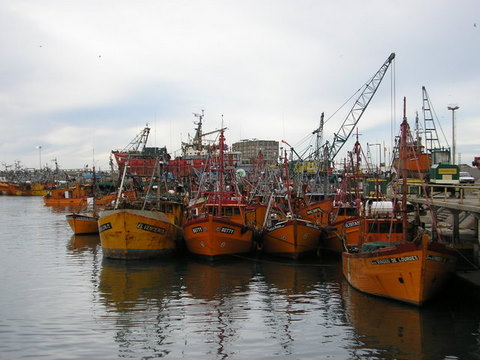
(Argentine naval ships)
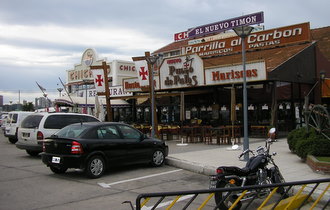
I did find good fresh fish markets on the Banquina de Pescadores - the piers close to the Centro Commercial. Since I was staying at the Hostel Playa Grande Suites so that I could cook, I purchased a 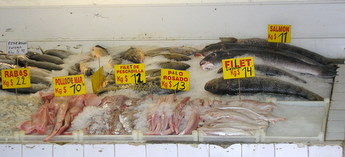
(Salted codfish)
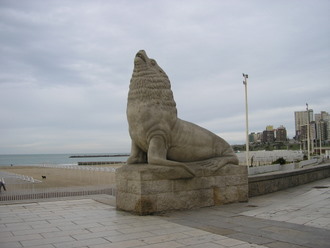
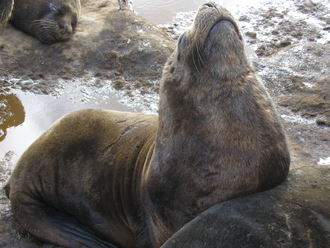
(the sculpted sea lion, to the left, is at the Casino)
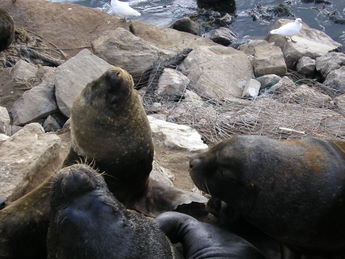
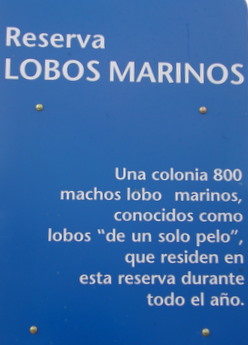
Mar del Plata provides the mix of accomodations a traveler in Argentina can expect anywhere: decent budget hostels to lux resorts. Yet even luxury hotels - the Casino's Gran Hotel Provindial, the Sheraton and the venerable Hotel Hermitage - are generally under US$200/double unless at the very hight of summer season. I chose to stay budget even in the off season at the Hostel Playa Grande Suites, Avenida Alem 3495. It's in the heart of the lively summer beach scene, except I was traveling in Autumn so it was quieter. The hostel is a short, steap three blocks from the ocean and on a street that has an active night time restaurant and bar/music scene. The building was originally a summer hotel before its conversion to an HI affiliated hostel. The private room with bath was spacious. They had a small bar in the dining room and the kitchen facilities were adequate. Rates for a dorm bed are AR45 - $95/seasonal (US$12 - $25) and private doubles range from AR$90 - 130 (US$24 - $34) 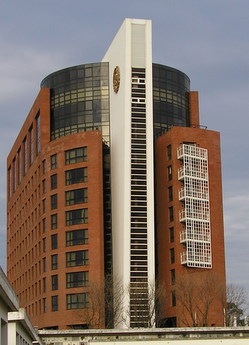
(Sheraton Hotel)
Personally, I would not want to be in Mar del Plata during the summer when, I’m told, it’s difficult to find a spot to sit on the beaches. But the city does stay open in the off-season and has a year round life. It was exhilarating to walk the multi-mile long landscaped, multi-level seafront promenade at any hour of the day. I would even try some of the restaurants that sit dramatically on the cliff overlooking the crashing waves on the rocks below - and I would cook every type of fish and seafood available from the markets.
You can locate Mar del Plata by viewing a map of Buenos Aires province at:
maps of Argentine provinces
|
